Centrifugal clutch for vibratory rammer
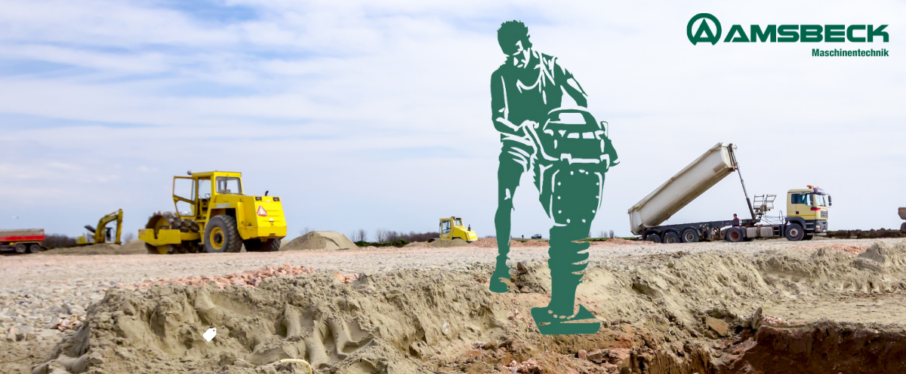
With a vibratory rammer, a vibration is generated via a crank mechanism by converting the rotational movement of the motor into a linear up and down movement. The tamper plate located at the lower end of the drive technology, to which the movement of the drive train is transmitted, detaches itself from the ground and moves up and down. These construction machines are for poorly accessible or spatially restricted areas such as ditches, house corners or backfills thought.
Due to their small size, they are often used for very small areas to be compacted.
The centrifugal clutches are responsible for the important connection between the input and output trains.
Due to the high amplitude and high switching cycles that occur when operating rammers, the centrifugal clutches are subjected to extreme loads. With the standard centrifugal clutch (Abb. 2) used until then, the operating conditions led to considerable wear on the hub. In order to withstand these loads, the parts of the standard centrifugal clutch had to be hardened. The task now was to develop a clutch that should run smoother, reduce wear on the hub and no longer have any hardened components. Overall, a cheap but reliable drive technology.
The Amsbeck team took on this challenge and developed a centrifugal clutch in which the entire centrifugal weight no longer moves outwards, as with the standard clutch (Abb. 2), but the weights are mounted at a fixed point. With the newly developed rotary jaw clutch (Abb. 3), the centrifugal weights move around the fixed point, tangentially outwards.
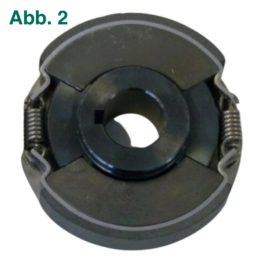
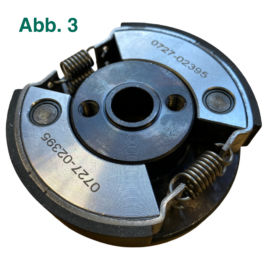
The first test runs were promising and the good results were confirmed in the series!
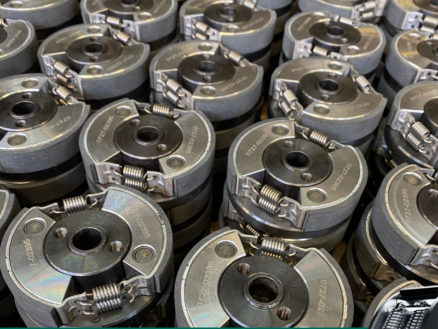
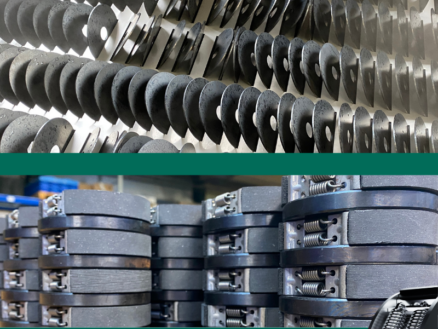
With the construction of a new rotary jaw centrifugal clutch, not only were all of the customer's requirements met, but smoother engagement was also achieved. In the meantime, the rotary jaw centrifugal clutch is the most widely used clutch in professional rammers, rough operating conditions or when a particularly smooth engagement is required.
The advantages at a glance:
– load-free start-up of the drive motor
– Significantly smoother engagement compared to the standard centrifugal clutch
– Less wear on the hub
– particularly smooth running
Inexpensive, smooth-running, robust and durable drive technology
© copyright 2025 | Amsbeck